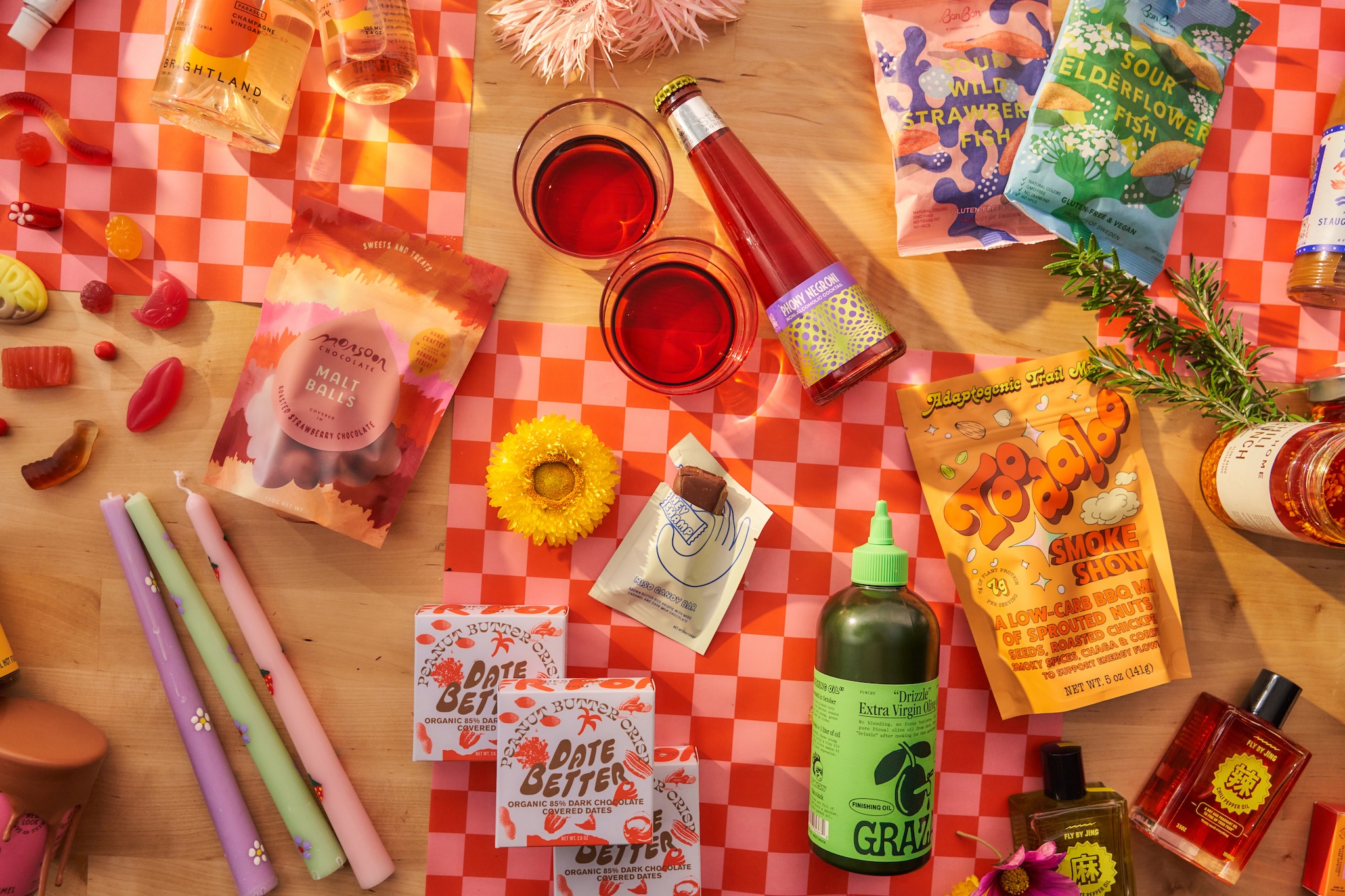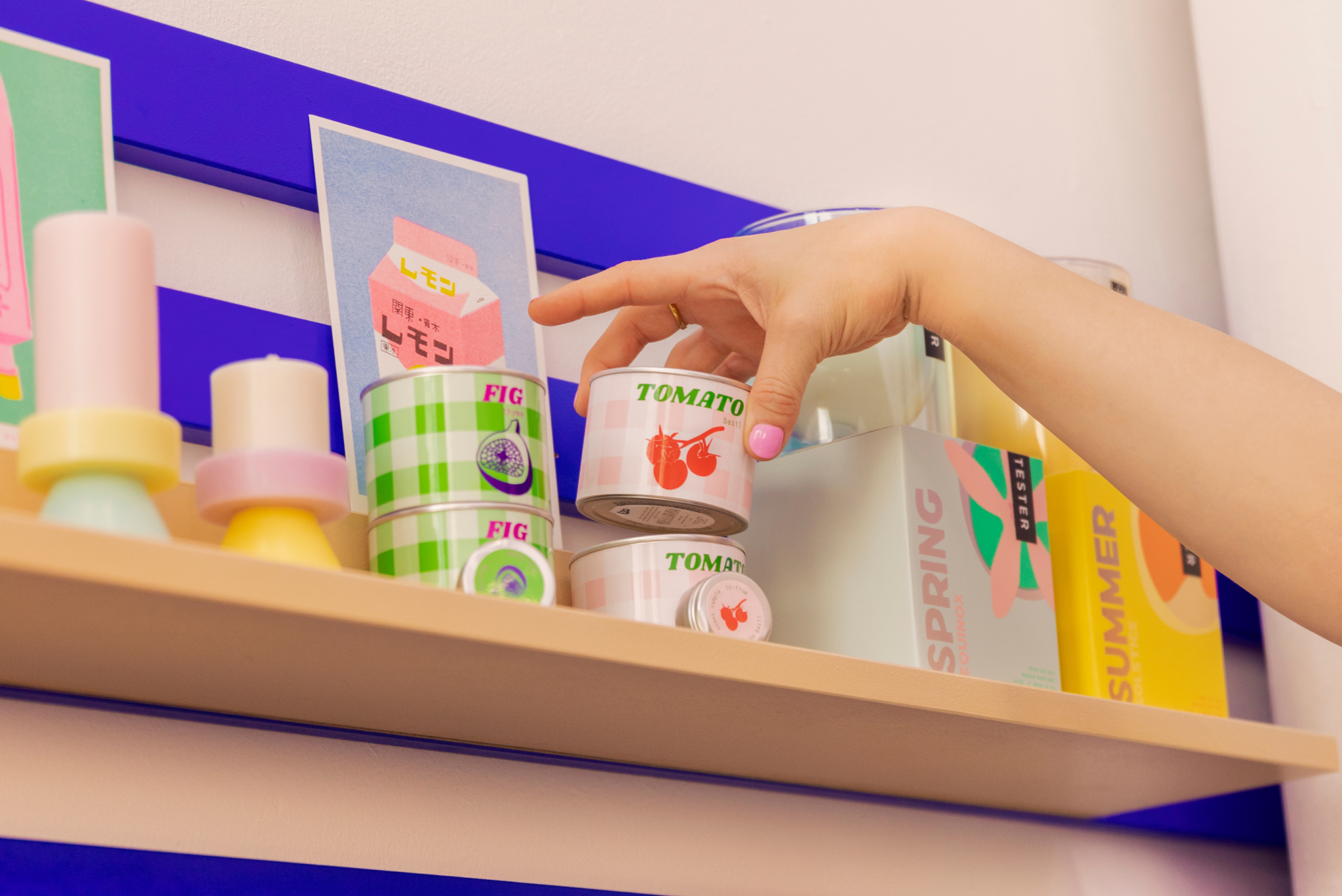

Do you have a line of high-quality products that you want to sell in retail stores? You’ve come to the right place! Whether you’re just starting your brand or already running a direct-to-consumer business, there are plenty of reasons to take the leap into wholesale. You’ll have an opportunity to build relationships with independent retailers in communities around the world, get your products into the hands of more shoppers, and grow your revenue.
Starting a wholesale business may feel overwhelming at first, so we’re here to help you learn the ropes! We’re excited to kick off a new series on the basics of wholesale. In this first installment, we’re covering three important topics: pricing, case sizes, and order minimums.
Retail versus wholesale price
When you’re selling wholesale, you’ll need two price points for each of your products: a retail price and a wholesale price.
- The wholesale price is the cost charged to retailers, who purchase your products in bulk to stock their store. Your wholesale prices should account for the cost of your materials, labor, and the margin of profit you need to make per product (your profit margin). It is typically lower than the retail price, allowing retailers to mark up the items for resale to consumers. This markup forms the retailer’s profit margin.
- The retail price, or manufacturer’s suggested retail price (MSRP), is the price that a consumer will pay for the item, and it’s inclusive of retail markup. Your retail prices need to account for your target consumer, as well as the profit a retailer needs to make per product.
Understanding the distinction between wholesale price and retail price is crucial for small business owners aiming to set competitive prices while maintaining healthy profit margins.
A profit margin formula
Your profit margin is your bottom line: the percentage of revenue you keep after paying for expenses. It’s a way to see your profit for each dollar of sale; for example, a 30% profit margin means you have a net income of 30 cents per one dollar of sales. It takes into account things like the cost of goods sold (COGS), operational costs, taxes, one-time purchases, and any income from investments. To calculate your profit margin, you can use this formula:
Net Profit Margin = (Net Income (Revenue – Expenses) / Revenue) x 100
How to calculate your wholesale pricing
The standard way to price for wholesale is called keystone pricing. It’s pretty simple: With keystone pricing, the wholesale price of a product is 50% of the retail price.
Keystone Price = Retail Price ÷ 2
There are many other pricing models, but the two most common strategies are absorption pricing and differentiated pricing:
Absorption pricing takes all the associated costs of a product into account. This includes the fixed cost price as well as profit margins. To calculate the cost price, add up your overhead price and the total costs of all goods sold. This pricing model ensures that you turn a good profit, but it doesn’t take into account what your competitors are charging or what customers might be willing to pay.
Absorption Pricing: Wholesale Price = Cost Price + Profit Margin
Differentiated pricing is when you set higher prices for products that are more in demand and lower prices for products that are less in demand. This pricing strategy is often used for seasonal products, such as sun hats during warmer months or pumpkin spice candles in the fall. Businesses often charge more for these products during the start and peak of the season, with prices falling at the end of the season and reducing to clearance levels during offseasons. Differentiated pricing is designed to give you the highest possible return on investment, but there is the possibility that your customers will feel taken advantage of, so be thoughtful of your reputation and the amount you raise your prices.
Other wholesale pricing models to consider
There are plenty of different methods to choose from, each with its own advantages and applications. Here are a few more strategies to know:
Competitor-based pricing relies on analyzing what competitors are charging for similar products in the market. This helps you strategically position your offerings by ensuring prices remain competitive without undercutting too much, which could affect profitability. One drawback to this approach is that it can spark pricing wars and reduce your customer’s perception of your brand’s value, especially if you lean too heavily on following your competitors’ pricing strategies.
With cost-plus pricing, you add a fixed percentage markup to production costs. It’s simple and easy to calculate and ensures costs are covered and profits are predictable. It also fosters transparency with retail partners. However, it may ignore market and competitor dynamics, risking prices that don’t align with consumer expectations. For example, a local handmade soap business might add a 60% markup to cover the cost of ingredients and labor while offering its products to boutique stores, allowing them to sustain quality and profitability when entering new markets.
Surge pricing increases as the demand for your product rises. This helps maximize revenue potential during periods of high demand, allowing you to capitalize on market dynamics and potentially improve profitability. However, customers may perceive price hikes as unfair or exploitative, potentially damaging brand reputation. If you’re going to use this method, ensure you are transparent and strategic about your choices.
Customer value–based pricing is influenced by what you believe your customers are willing to pay for a product. This approach aligns prices with perceived value, which can enhance customer satisfaction and brand loyalty. But it involves a high level of data analysis and can be extremely challenging to accurately gauge customer perceptions, leading to prices that could either undervalue the product or deter potential buyers. Using software like Wholesale Pricing Discount can help personalize pricing for groups of customers or single customers.
Factors to consider when setting wholesale prices
However you decide to set your pricing, you’ll want to think deeply about the following:
Who is your target consumer? Is the ideal buyer of your product spending disposable income or shopping on a budget? Are they buying gifts or shopping for themselves? Do they live in small towns or big cities? What do similar brands charge for similar products? What are your brand’s values?
Do some research to understand what your target audience is currently paying for comparable products. For example, if you’re focused on eco-friendly materials or paying employees a living wage, you may have more overhead costs—but your target customers may ultimately be willing to pay more to shop at a store that shares their values. Your ideal customer’s price point may inform the materials and methods you use or vice versa.
If you currently run a direct-to-consumer (DTC) business and you’re new to wholesale, charging 50% of a product’s retail price might seem impossible. It’s important to remember that wholesale is a completely different business model. Instead of selling individual units of your products, you’ll sell by the case—which we cover below.
Case sizes
A case size—sometimes called minimum order quantity (MOQ)—is the fewest number of a given product that you’ll sell. Retailers will need to purchase in multiples of the case size you choose.
Here’s an example. You sell hand-poured candles. You’ve decided they’ll retail for $10 each, so they’ll wholesale for $5 per unit. Now, you decide on case sizes of six. That means you’ll sell a case of six candles—which will each retail individually—for $30. If a retailer wants more than one case, they’ll need to buy in multiples of six: 12, 18, and so on.
One way to choose a case size is by considering how you ship or receive inventory. For example, if the mason jars you order to make candles arrive in packages of eight, you may want to set your wholesale cases at the same size.
Pro tip: When possible, we recommend keeping case sizes fewer than 10 so retailers of all sizes will find your line accessible.
Order minimums
Now that you’ve set case sizes, it’s time to set order minimums. An order minimum is the amount of money that a retailer must spend in order to purchase your line. Let’s use our example of $30 case sizes above. You decide that you’ll need to sell at least five cases of candles in any given order. That means your order minimum will be $150.
You can also set a different order minimum for first time buyers and repeat buyers if you choose. If you want to reward returning customers, you can set your minimum for reorders lower than for opening orders.
Pro tip: Again, consider keeping your order minimums on the lower end to encourage retailers to order. On Faire, you can set different minimums for first-time buyers and repeat buyers. We recommend setting first-order minimums at $100 to $150, depending on the average price of your products. If you’re okay with receiving small orders, you can even waive an order minimum to reduce any barrier to sales.




